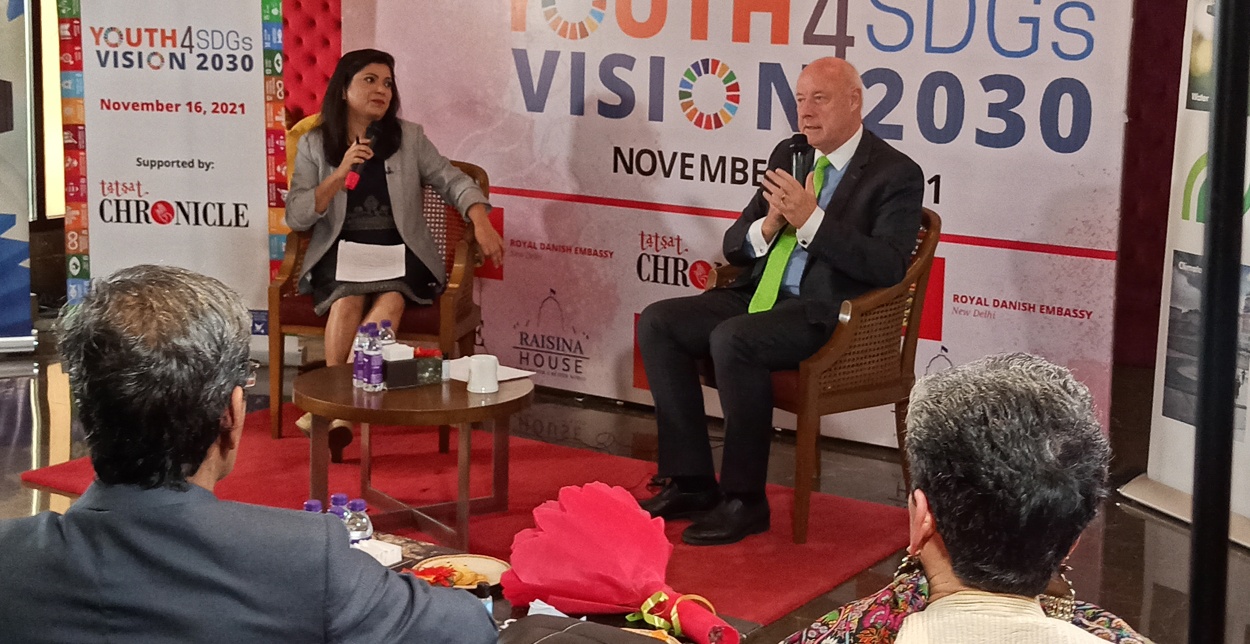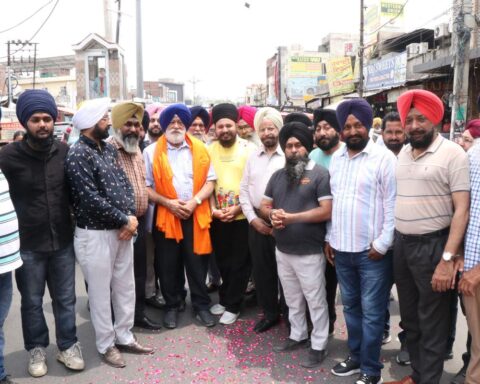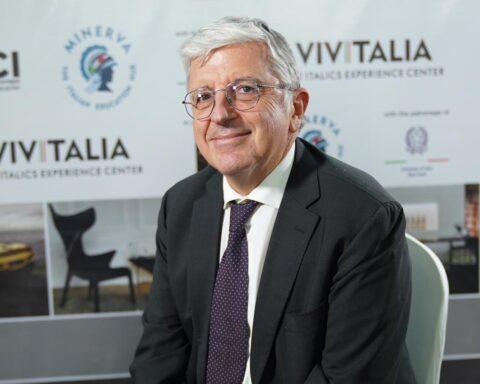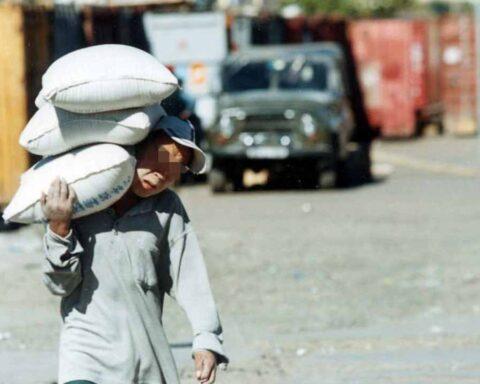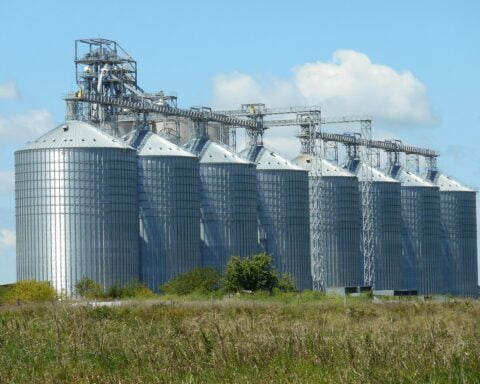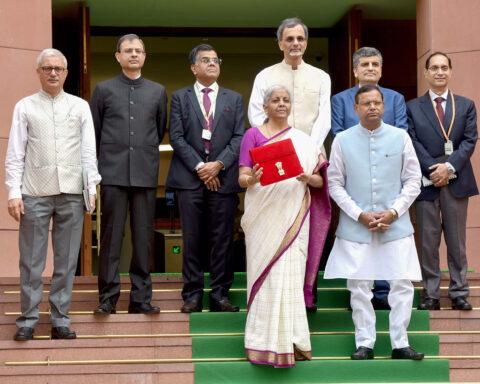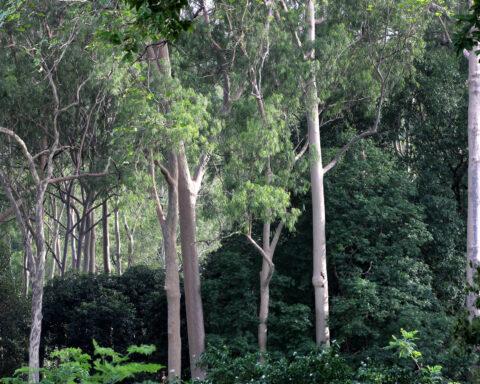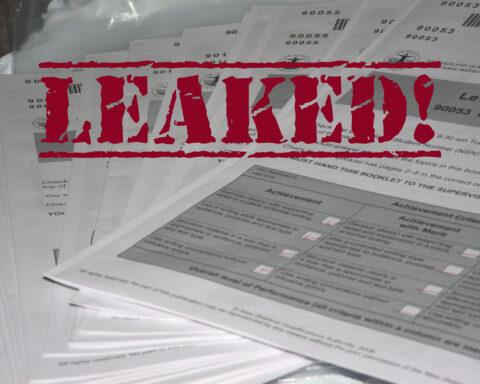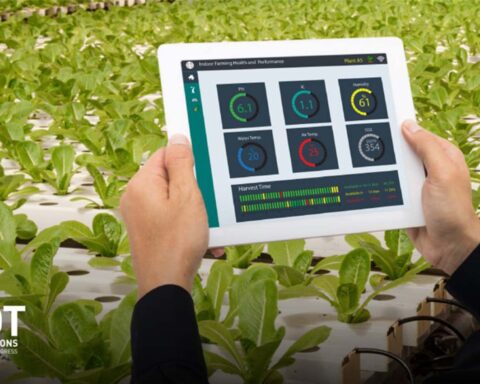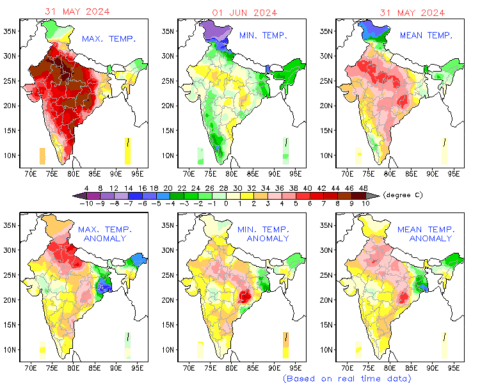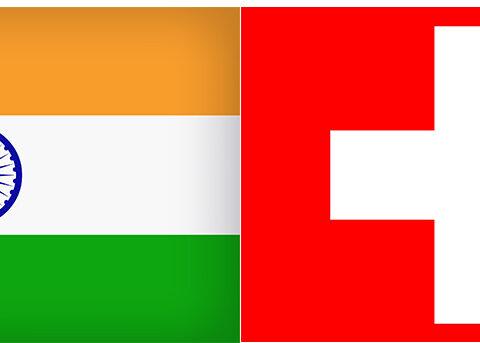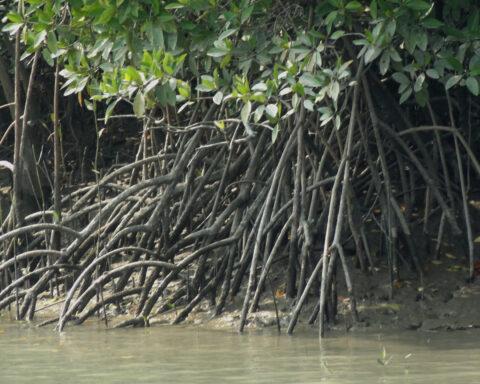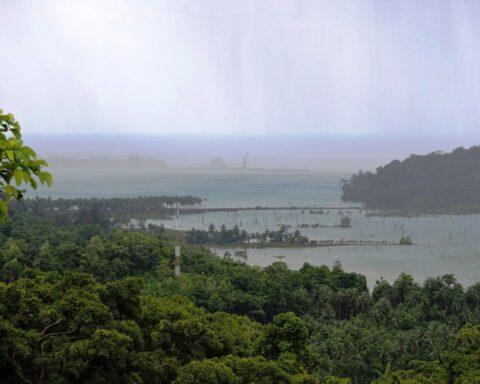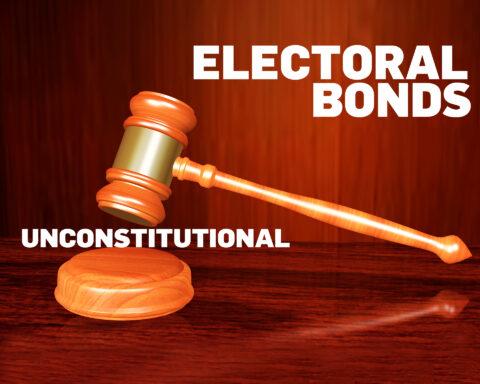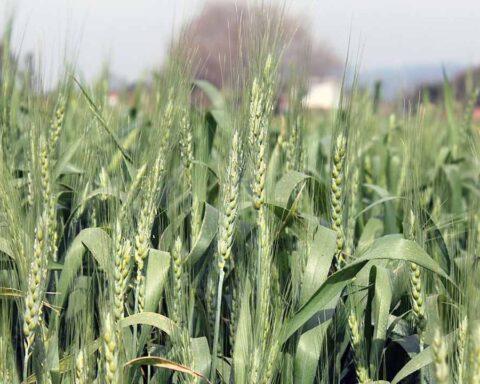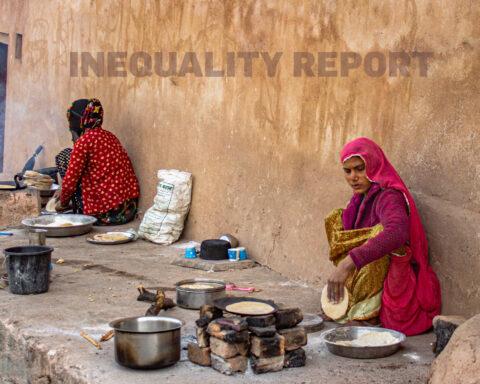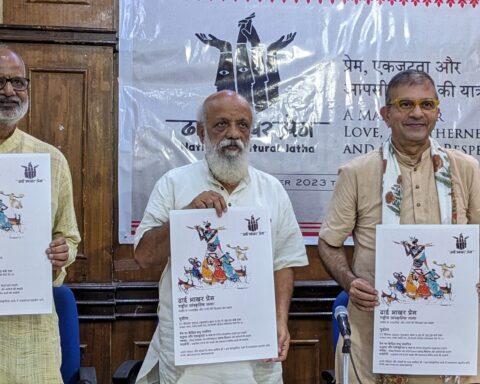According to His Excellency Freddy Svane, every individual living on our planet is responsible for the pollution and climate change that have reached critical levels. He is optimistic, though, as India has pledged to reach net-zero carbon emissions by 2070, as announced by Prime Minister Narendra Modi at COP26 Summit, Glasgow, and the focus has now shifted to strategies and solutions to help the world’s largest democracy move ahead to a greener future.
Svane, in an exclusive interaction with Tatsat Chronicle, talks to Editor, Jyoti Verma, about the highlights of the Indo-Danish Green Strategic Partnership. Excerpts:
Overcome red tapism and pessimism
Denmark has been a frontline runner in terms of reducing greenhouse gas emissions and using clean, renewable energy. Renewable energy sources such as wind and solar are our core discipline in Denmark. More than 50 percent of the energy consumed in Denmark comes from renewable energy sources. However, there are people here in India who say that it is not possible to shift to green energy, or that the wind patterns in India are different, and there are other issues.

